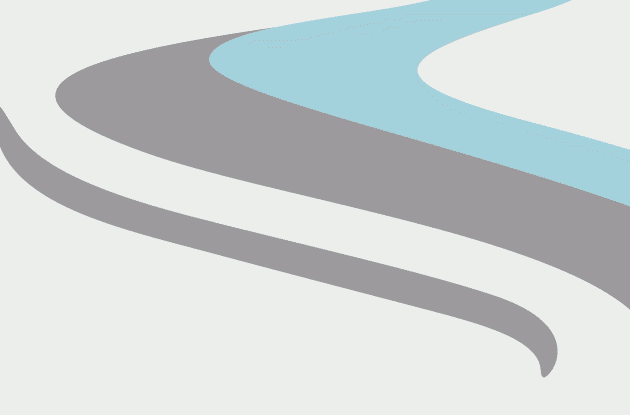Quick Post-Century Recovery Techniques
For most people, riding a century is a landmark endeavor that takes consistent training and thoughtful preparation. However, your attention to training detail doesn’t stop once your ride is over.
For most people, riding a century is a landmark endeavor that takes consistent training and thoughtful preparation. However, your attention to training detail doesn’t stop once your ride is over; efficient recovery from a century requires planning equal to that needed to complete the ride in the first place. The arduous nature of repeating any physical action for over five hours is sure to cause some post-exercise fatigue and muscle soreness. In addition, there are likely to be nutritional repercussions such as depleted carbohydrate stores and dehydration. Taking time to address these issues will speed your recovery and get you feeling strong and energetic again sooner.
There are a number of ways to reduce post-exercise soreness and accelerate the recovery process, such as recovery rides, massage, stretching, nutrition, and appropriate use of pain relievers. Let’s take a quick look at each:
Recovery rides can take place on the days following a century ride. These rides should be done at a low intensity with very light resistance. Cadence should be slightly lower than normal (usually around 75-85 rpms), and duration should be anywhere from 30 to 120 minutes. It is best to do these rides on flat terrain, or you can even do them on an indoor trainer or spin bike in a gym. If you encounter hills, gear down or slow your cadence to keep the pedal pressure light. The key for recovery rides is to allow the muscle to become warm and loose, without building fatigue. This will stimulate blood flow, help in muscle repair, and decrease the perception of muscle soreness.
Massage has been demonstrated to be effective in improving well-being after a long, hard ride. While research in this area is inconclusive, subjects consistently report decreased levels of fatigue when treated with massage following exercise. Possible explanations include improved sleep patterns, heightened endorphin and serotonin levels, and decreased levels of stress hormones following treatment. While the positive impact of massage may be more psychological than physical, if it makes you feel better, then take advantage of it. You can also perform self massage on reachable parts of your body, such as your legs, to aid in relaxation.
Stretching can help to relax muscles and decrease post-exercise soreness. Post-exercise stretching should be light for the first 24-48 hours following a century. Research indicates that stretching with excessive force after an intense workout is likely to add to muscle damage and delay the recovery process, so be gentle. Based on current research, the best time to stretch in order to reduce post-exercise soreness is after a brief warmup and before your actual workout (so, say, a mile or two into your recovery ride). Hold each stretch for approximately 20 seconds, performing three sets for each major muscle group. Stretching to increase flexibility should be done at the end of a recovery ride or a moderate intensity workout, when the muscles are warm but not overly fatigued.
Nutrition following a century ride can dramatically affect recovery. Even the best pre-exercise and during-exercise sports nutrition plans will result in a dramatic net decrease in carbohydrate stores. The amount and timeliness of carbohydrate intake following exercise should be well planned in order to maximize metabolic and musculoskeletal recovery. You should plan on eating about .75 grams of carbohydrates per pound of body weight within 15-30 minutes following exercise. For example, a 165-pound individual should plan to ingest around 124 grams of carbohydrates immediately following exercise. Continue to ingest this amount every two hours for four to six hours after exercise.
The meal in that first half-hour is crucial due to the increased glycogen absorption rates immediately following exercise. In addition, some research has demonstrated increased absorption rates and improved muscle recovery when adding a modest amount of protein to a carbohydrate-rich post-exercise meal. A carbohydrate recovery drink like High5 Protein Recovery or PowerBar Recovery provides a lot of carbohydrate and enough protein to give you the accelerated carbohydrate replenishment. Having a couple of bottles of recovery drink pre-made for after a ride will assure that you get the necessary nutrition and all the benefits of a quick recovery. In addition, by drinking, rather than eating, your calories, you’ll also assist in the re-hydration process.
Pain Relievers can help make your recovery time more comfortable, which means you feel better moving around. This is important because walking, short rides, and other forms of light exercise all hasten the recovery process. There are many pain relievers out there, and you should consult your physician about which one is right for you. NOTE: Roadcycling.com and its owners do not endorse or recommend the use of pain relievers.
Recovery is an integral part of every training plan; in fact, some would argue that your level of fitness lies more in your ability to recover than it does in your ability to exercise. A good recovery plan will not only make the post-century experience more tolerable, but it will help you get back on the bike sooner to start training for your next big event.
Phil Astrachan is a Senior Coach for Carmichael Training Systems, Inc. (CTS) and a licensed physical therapist working in San Francisco, California. To find out what CTS can do for you, visit www.trainright.com.








